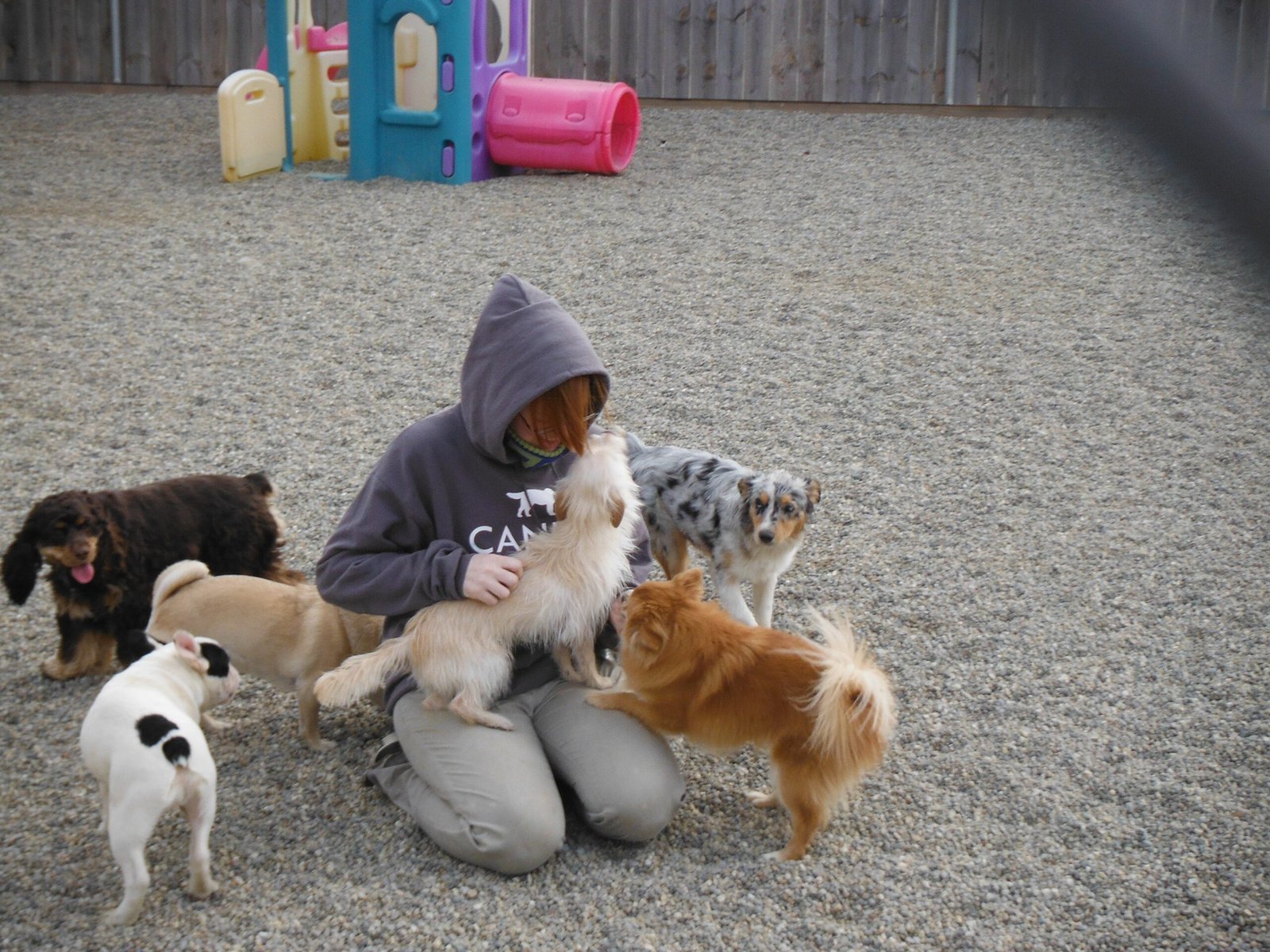At first, dog daycare seemed like the perfect solution — a place where my pup could play, socialize, and burn off energy while I worked. But over time, I started noticing changes: increased anxiety, overstimulation, and even minor injuries from rough play. While many daycares mean well, not all have trained staff or understand canine body language enough to step in when things get too rowdy. Some dogs thrive in daycare, but others — like mine — can become overwhelmed by the constant noise and chaos. I realized he needed more structured, calmer interactions and reliable routines. Dog daycare isn’t inherently bad, but it’s not one-size-fits-all. If you’ve had similar concerns, it might be time to rethink what’s truly best for your pup.
The Hidden Reality Behind Those Cheerful Daycare Photos
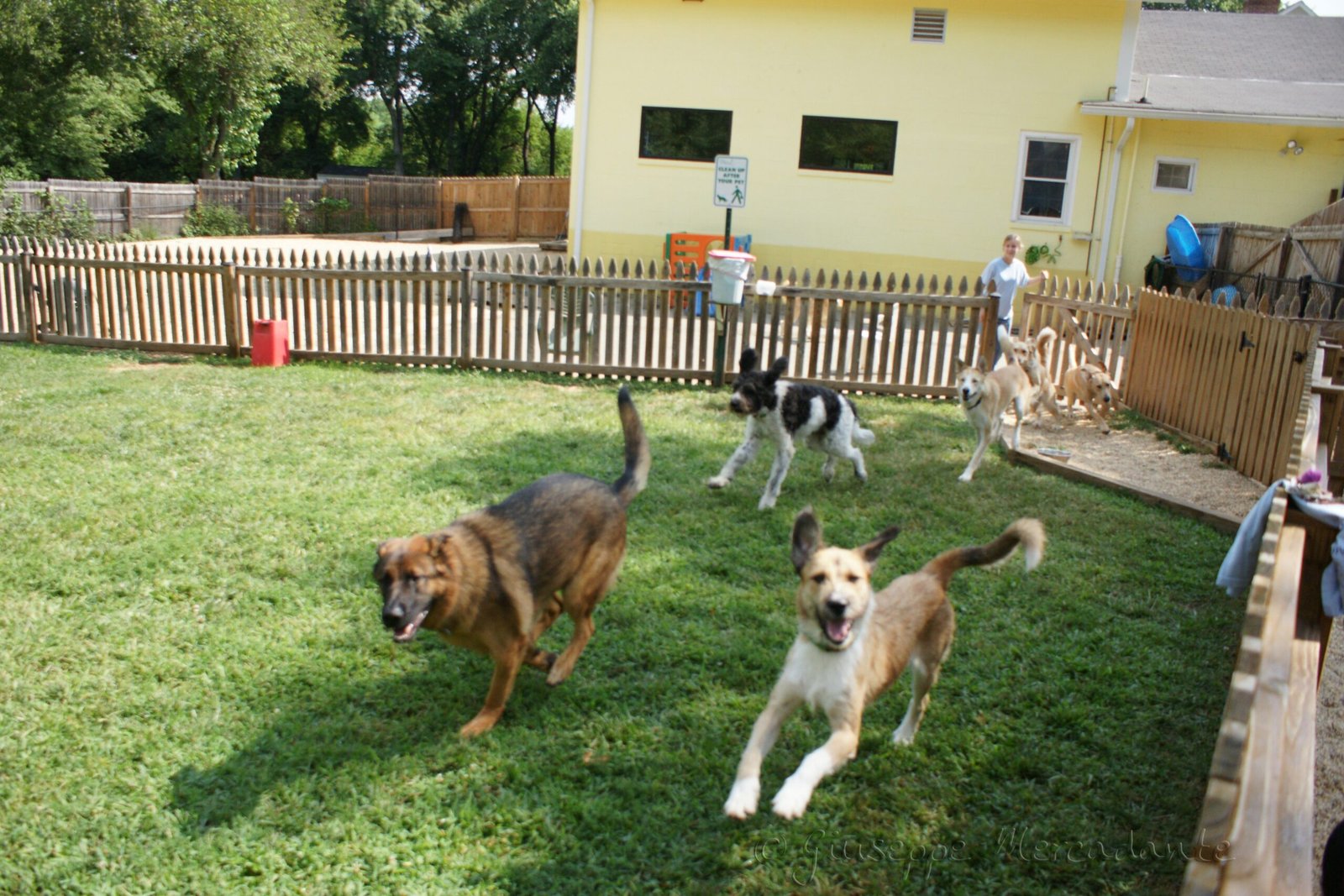
Picture this: You’re scrolling through your local dog daycare’s Instagram feed, seeing adorable photos of happy pups playing together. The images show a canine paradise where your furry best friend can socialize, exercise, and have the time of their life while you’re at work. But what if I told you there’s a darker side to this picture that many facilities don’t want you to see? The death of Ollie, a 9-month-old labradoodle mauled at a Massachusetts pet care facility in 2020, led the state this October to enact “Ollie’s Law,” tightening regulations on the care and housing of pets at boarding and training kennels. This tragic incident opened my eyes to the reality that dog daycare isn’t always the safe haven we believe it to be. Sometimes what looks like doggy paradise can become a nightmare faster than you can say “fetch.”
The Shocking Lack of Regulation in Most States
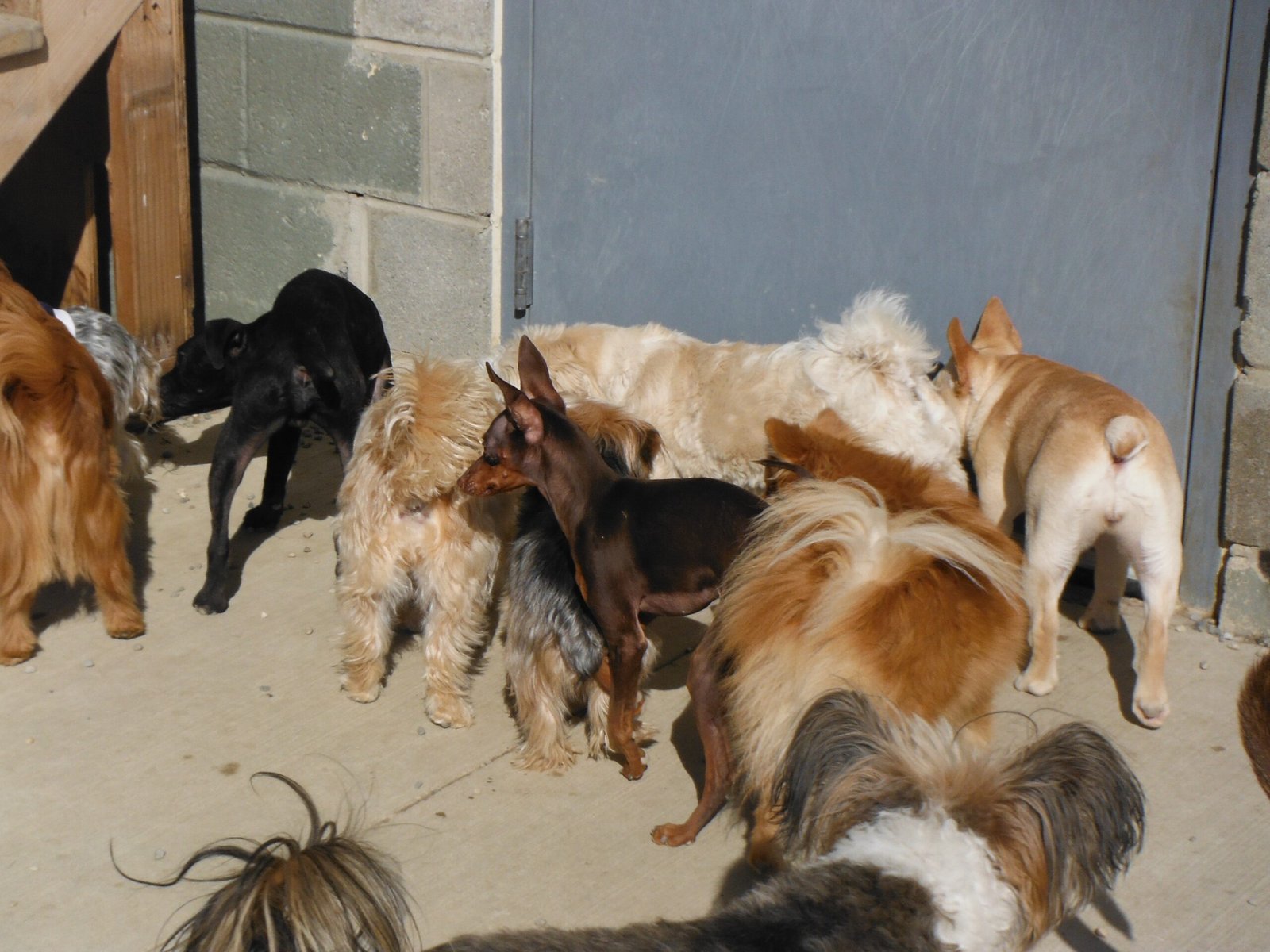
A few other states — including Colorado and Iowa — have regulations in place, but most states rely on local rules or have no regulations at all for pet care facilities, according to Jeremy Cohen, an attorney who founded Boston Dog Lawyers. This means that in most places across America, literally anyone can open a dog daycare facility without proper training, oversight, or safety protocols.
Think about that for a moment – we require more regulations for babysitters watching human children than for businesses caring for dozens of dogs simultaneously. In her police report, Sousa did not find evidence of negligence by the day care business but stated that “dog day cares are not governed by law.” It’s like the Wild West, but instead of outlaws, we have unqualified facilities operating with minimal accountability. When something goes wrong, pet owners often discover there’s little legal recourse available.
Disease Outbreaks That Facilities Don’t Want to Discuss
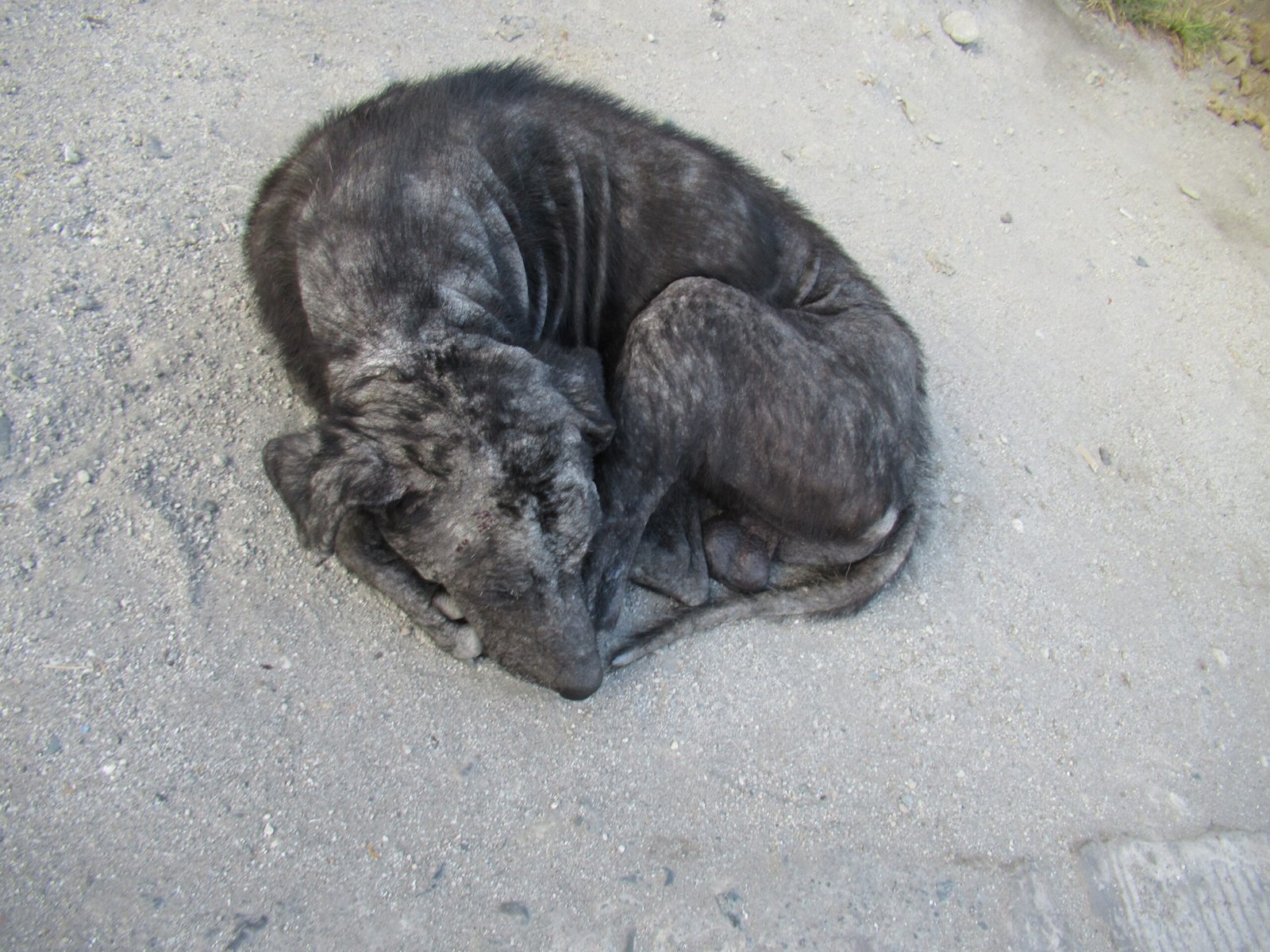
One of the most frightening aspects I’ve discovered about dog daycare is how quickly diseases can spread through these facilities. As a reminder, it wasn’t too long ago that there was a kennel cough outbreak in Florida. When you pack dozens of dogs into confined spaces, you’re essentially creating a petri dish for infectious diseases. And what’s worse is that because some of them don’t require vaccines for kennel cough, there has been an increase in the outbreaks in the past few years.
I learned this the hard way when my neighbor’s dog came home from a popular local daycare with what turned out to be a resistant strain of kennel cough that took weeks to clear. Even worse, some facilities aren’t transparent about outbreaks, leaving you to discover your dog’s illness after the fact. The stress of watching your healthy dog become sick because of poor facility hygiene is something no pet parent should endure.
The Dangerous Game of Mixing Dog Sizes and Temperaments
Here’s something that still keeps me up at night: In that case, two small dogs, a Pomeranian mix and a mini-labradoodle, were killed after being put in an outdoor area with more than a dozen large dogs. An employee was inside the facility with a door propped open to monitor conditions outside, according to KCTV. The size differential between dogs in many daycares is absolutely staggering, yet facilities continue to mix them together.
Dog fights are a constant issue at doggie daycares and if a clients small dog is severely injured by one of your larger dogs, it’s most likely going to be your business on the hook for any medical bills. I’ve witnessed firsthand how a playful 80-pound Golden Retriever can accidentally injure a 10-pound Chihuahua without any malicious intent. The reality is that even the most well-intentioned dogs can cause serious harm to smaller companions simply through normal play behavior. Most daycare contracts cleverly absolve the facility of responsibility, leaving you to deal with expensive veterinary bills and emotional trauma.
Understaffing: When One Person Watches 30+ Dogs
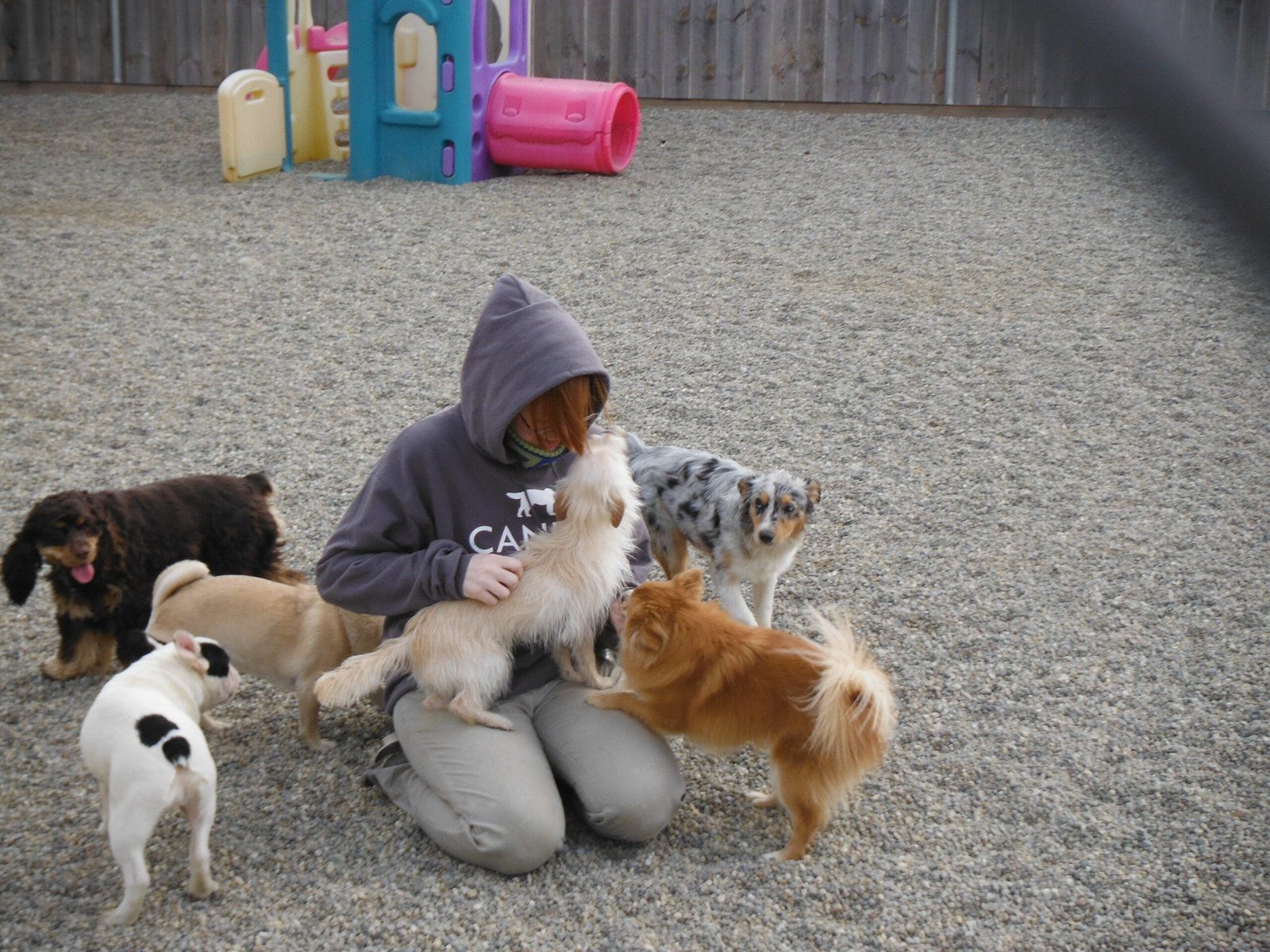
There should never be just one employee at a facility,” she argued. If one worker is at the front desk taking payments, “who’s in the back taking care of the animals? This perfectly captures one of my biggest concerns about dog daycare operations. I’ve visited facilities where a single staff member was responsible for supervising twenty or more dogs across multiple play areas. Have proper supervision: Adequate supervision is crucial in preventing injuries and accidents in a daycare setting. Make sure you have enough staff to monitor the dogs and intervene if necessary.
When chaos erupts – and with that many dogs, it inevitably will – one person simply cannot respond effectively to multiple incidents simultaneously. I remember watching in horror as a staff member tried to break up a scuffle between two large dogs while several others began joining in, creating a domino effect of aggression. The inadequate staffing meant the situation escalated far beyond what should have been a minor disagreement between two pups.
The Troubling Truth About Staff Training and Qualifications
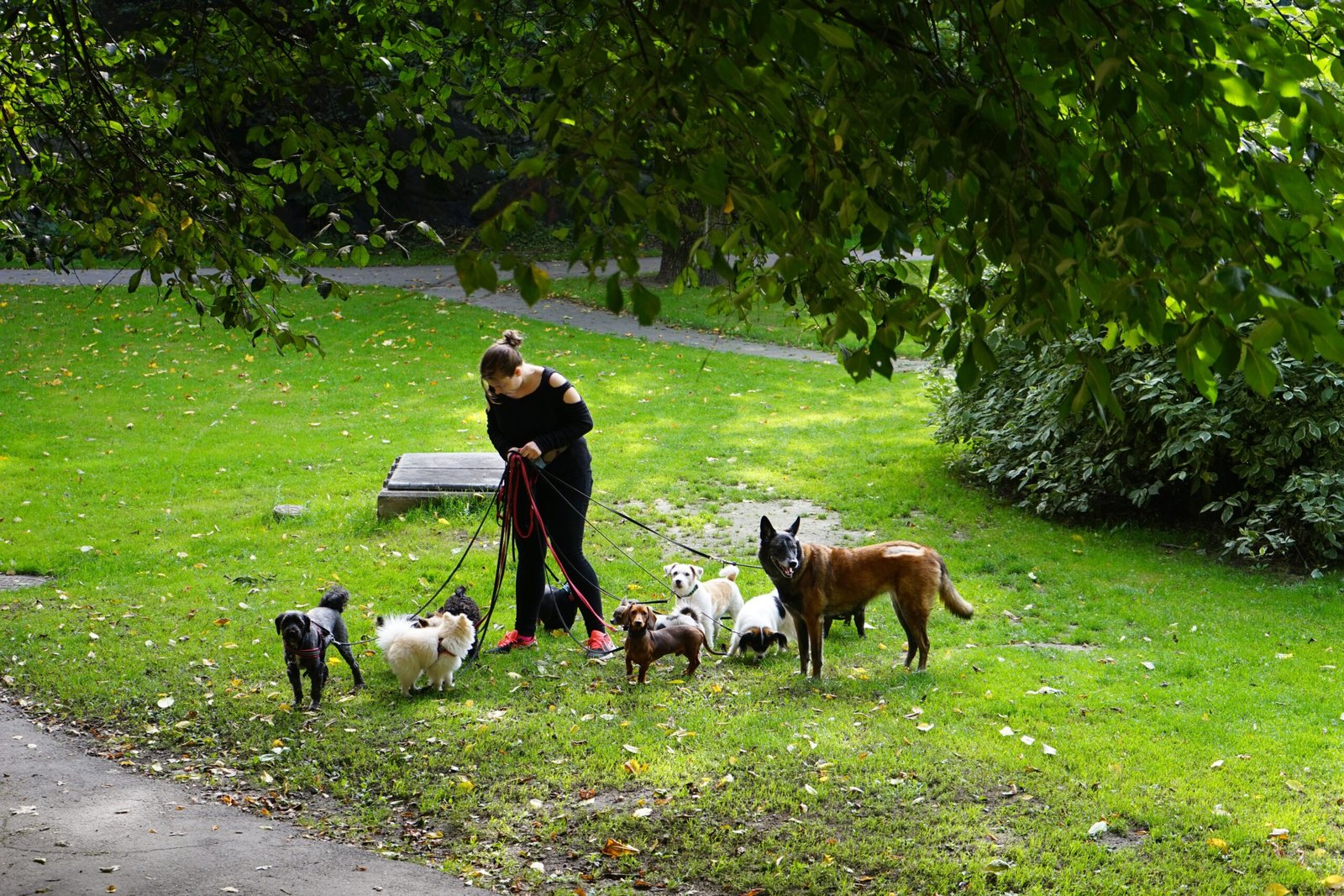
What shocked me most during my research was discovering that many dog daycare employees receive minimal training before being left alone with groups of dogs. Your staff should be well-trained in dog behavior and be able to recognize and respond to any signs of aggression or distress. However, the reality is far different. Oversight of kennels varies widely by locale and there are no mandatory standards of care or training for staff who are directly in charge of groups of dogs.
I spoke with a former daycare employee who told me she was given a brief orientation about feeding schedules and cleaning protocols, but received zero training on canine body language, stress signals, or conflict intervention. This lack of proper education puts both dogs and staff at risk. When employees can’t recognize the warning signs that a dog is becoming overwhelmed, anxious, or aggressive, accidents become inevitable rather than preventable.
Hidden Costs That Add Up to Thousands
Beyond the obvious daily fees, dog daycare can become financially devastating when things go wrong. Veterinary records indicate the two-year-old dog suffered a laceration and possible tendon rupture that required surgery. One incident can result in thousands of dollars in veterinary bills that you’ll likely have to pay yourself. The contract the owner signed states, “I assume and accept responsibility for the injury to my dog….I agree BPP will not be held responsible for any injuries…” Most daycare contracts are crafted to protect the business, not your wallet or your pet’s wellbeing.
Doggy daycare costs an average of $35 per day. When you factor in the potential for injuries, illnesses transmitted at the facility, and the emotional toll of incidents, the true cost becomes much higher than that daily rate suggests. I’ve met pet owners who spent more on emergency veterinary care from daycare-related incidents than they paid for an entire year of daycare services.
The Stress Factor No One Talks About
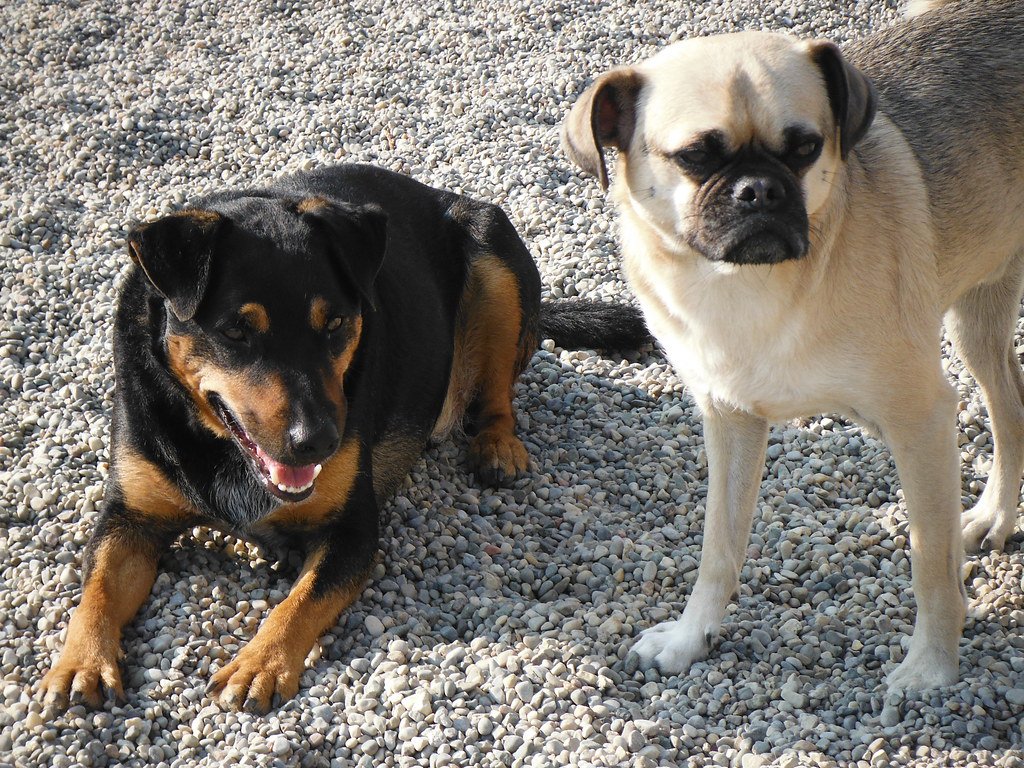
Some pets, especially those that are not accustomed to being away from their owners, may experience separation anxiety when left in a daycare facility. This can result in stress-related behaviors and health issues, making pet owners hesitant to use daycare services. What many facilities don’t tell you is that the overstimulating environment can be incredibly stressful for many dogs.
I learned this when my friend’s usually calm dog started showing signs of anxiety and digestive issues after just a few weeks of daycare attendance. The constant noise, unfamiliar smells, and forced socialization with unknown dogs can overwhelm even the most social pets. Unlike a peaceful day at home, daycare subjects your dog to hours of high-energy interaction without breaks or quiet time. Some dogs never adapt to this environment, leading to behavioral changes that persist even when they’re back home with you.
Why the “Socialization” Myth Needs to Burst
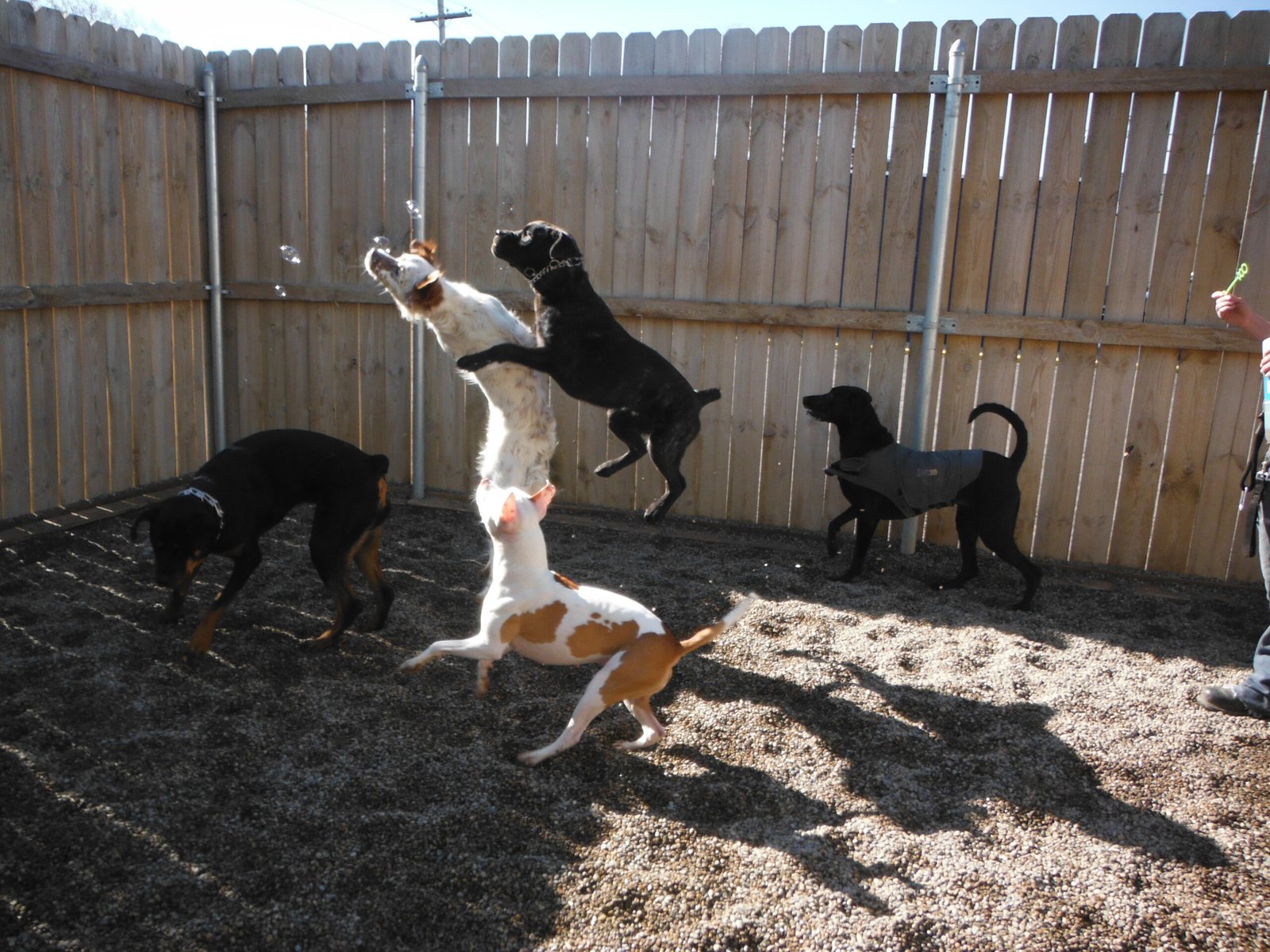
The biggest selling point for dog daycare is socialization, but forced interaction with random dogs isn’t always beneficial for your pet. Dogs, in particular, require regular socialization to develop proper behavior and temperament. Pet daycare centers facilitate socialization by allowing dogs to interact with other dogs and humans in a safe and monitored environment. While this sounds ideal in theory, the reality is often chaotic rather than controlled.
I’ve observed that many dogs become overstimulated or develop poor play habits in daycare settings. Think about it – would you want to be forced to interact with thirty random people for eight hours every day? Some dogs prefer smaller groups or one-on-one playdates with familiar friends. The assembly-line approach to socialization can actually create behavioral problems rather than solve them. Quality socialization involves careful introductions and ongoing monitoring, which is nearly impossible in a large daycare setting.
Alternatives That Actually Work Better
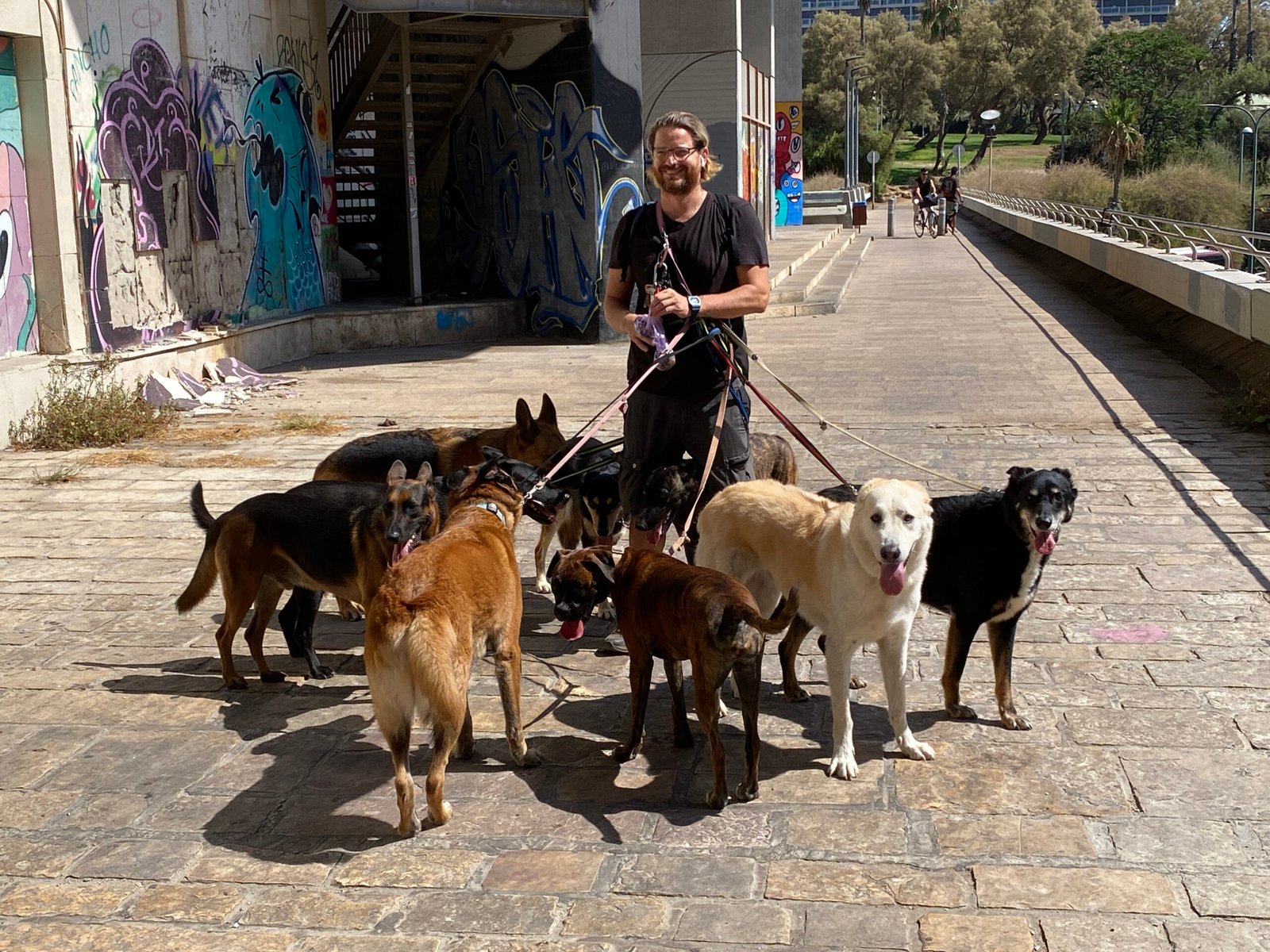
After my eye-opening experiences with traditional daycare, I’ve discovered several alternatives that provide better care for your dog. Professional dog walkers offer individualized attention and exercise without the chaos of group settings. 22% of owners use dog walking services and 27% use daycare. Dog sitters who provide in-home care allow your pet to remain in their comfortable, familiar environment while still receiving attention and care.
Small, carefully screened playgroups with friends’ dogs offer controlled socialization opportunities. Some innovative pet care services now offer “micro-daycares” with a maximum of four to six dogs and higher staff-to-dog ratios. I’ve also found that many dogs are perfectly content spending the day alone with puzzle toys, interactive feeders, and comfortable spaces for napping – especially when they receive focused attention and exercise before and after work.
Red Flags Every Dog Owner Should Know
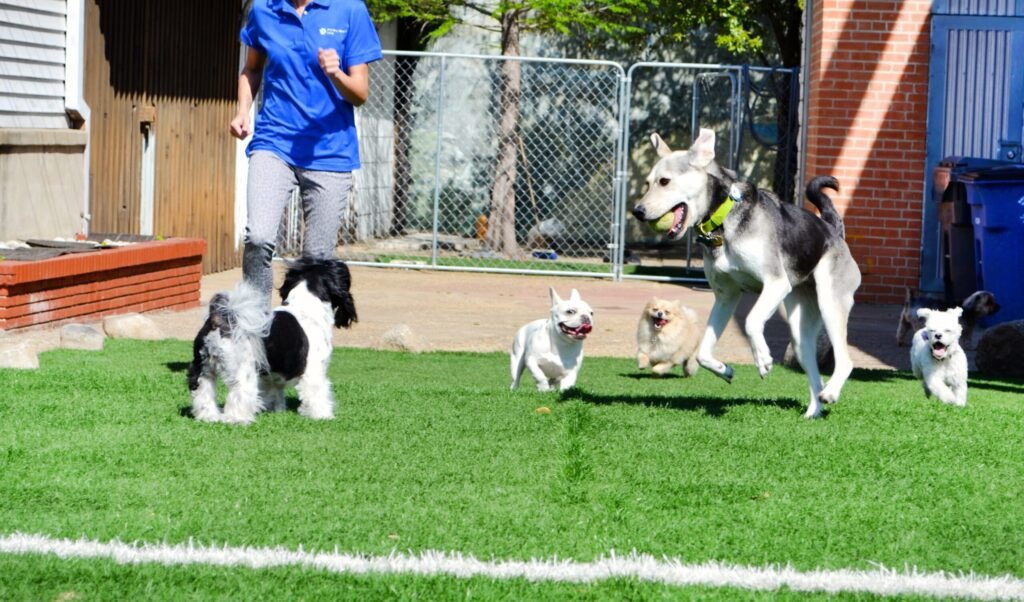
If you’re still considering daycare despite these concerns, watch for these warning signs during facility visits. There should never be just one employee at a facility. Be suspicious of any operation that doesn’t allow unannounced visits or limits your access to observe the dogs during play time. Facilities that group dogs solely by size rather than temperament and energy level often have problems.
Establish safety protocols: Make sure your facility has proper fencing, secure doors, and a separate area for small or shy dogs. Train your staff on emergency procedures, such as how to handle dog fights, and have a plan in place for handling any medical emergencies that may arise. Ask detailed questions about staff training, emergency procedures, and how they handle conflicts between dogs. If the staff can’t give you specific, detailed answers about their protocols, that’s a major red flag. Pay attention to the dogs’ body language during your visit – excessive panting, cowering, or overly rowdy behavior can indicate poor management.
Making the Right Choice for Your Dog’s Future
The decision to avoid traditional dog daycare wasn’t easy, but it was necessary for my peace of mind and my dog’s wellbeing. Nonetheless, high service costs, regulatory challenges, and pet safety and hygiene concerns have impeded broader market adoption. Every dog is unique, and what works for one may not work for another. The key is being honest about your dog’s temperament, needs, and stress tolerance rather than following what seems convenient or popular.
I’ve found that my dog is much happier and healthier with a combination of daily walks, occasional playdates with familiar dogs, and plenty of mental stimulation at home. The peace of mind knowing my pet is safe and stress-free is worth far more than the convenience of daycare. Remember, you know your dog better than anyone else – trust your instincts and don’t let marketing convince you that daycare is essential for every dog’s happiness.
In the end, every dog is different — and what works for one may not work for another. While dog daycare can be a great option for some pups, it’s not always the safest or most enriching environment for all. Paying attention to your dog’s behavior and stress levels can tell you a lot. If something feels off, trust your instincts. Sometimes, a quieter walk or playdate with a familiar buddy is all your pup really needs.

Linnea is a born and bred Swede but spends as much time as possible in Cape Town, South Africa. This is mainly due to Cape Town’s extraordinary scenery, wildlife, and atmosphere (in other words, because Cape Town is heaven on earth.) That being said, Sweden’s majestic forests forever hold a special place in her heart. Linnea spends as much time as she can close to the ocean collecting sea shells or in the park admiring puppies.

